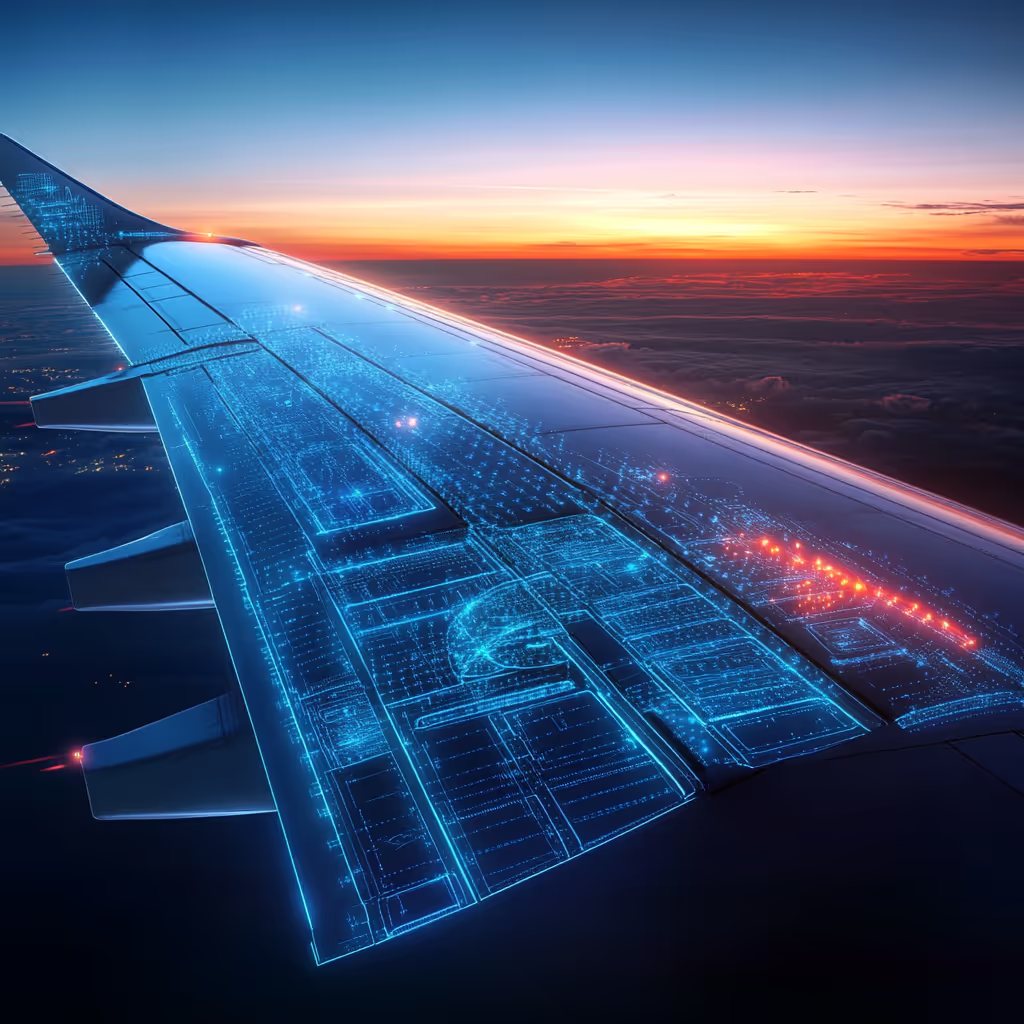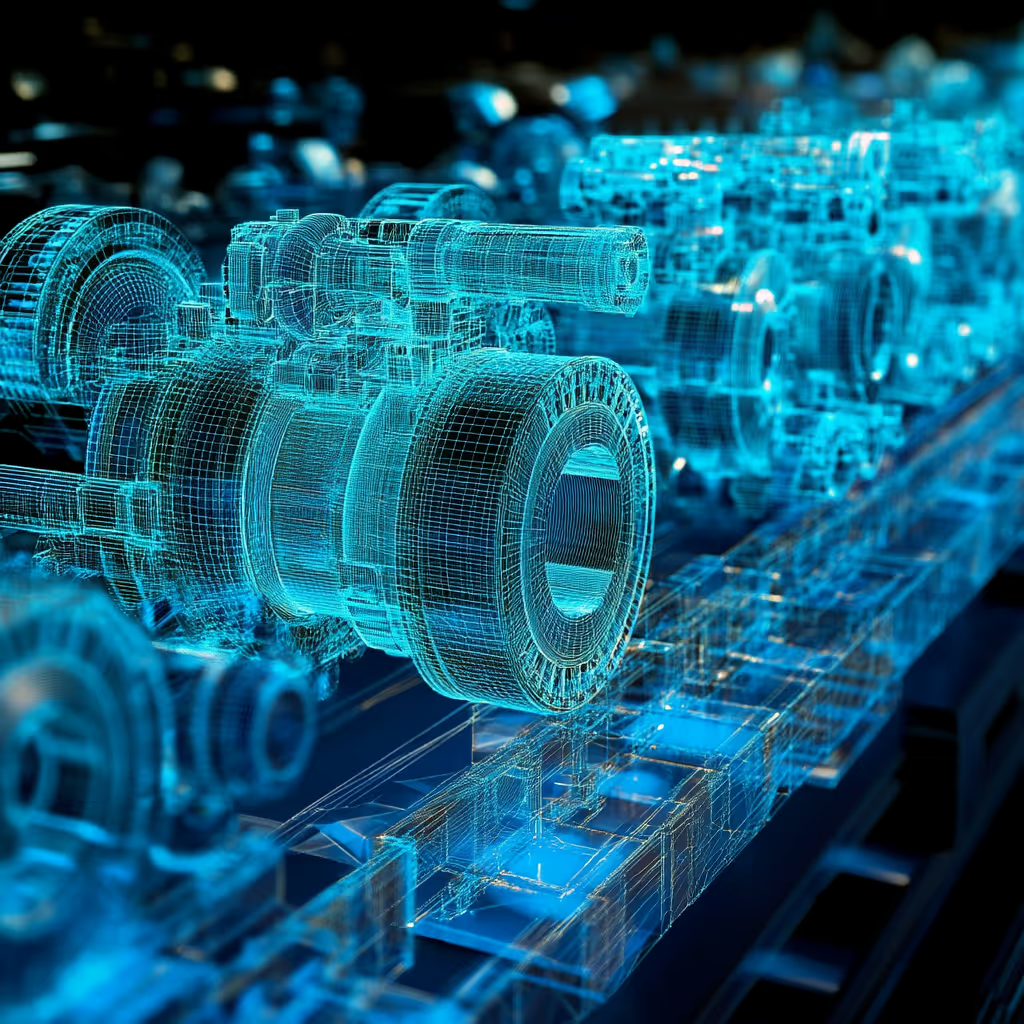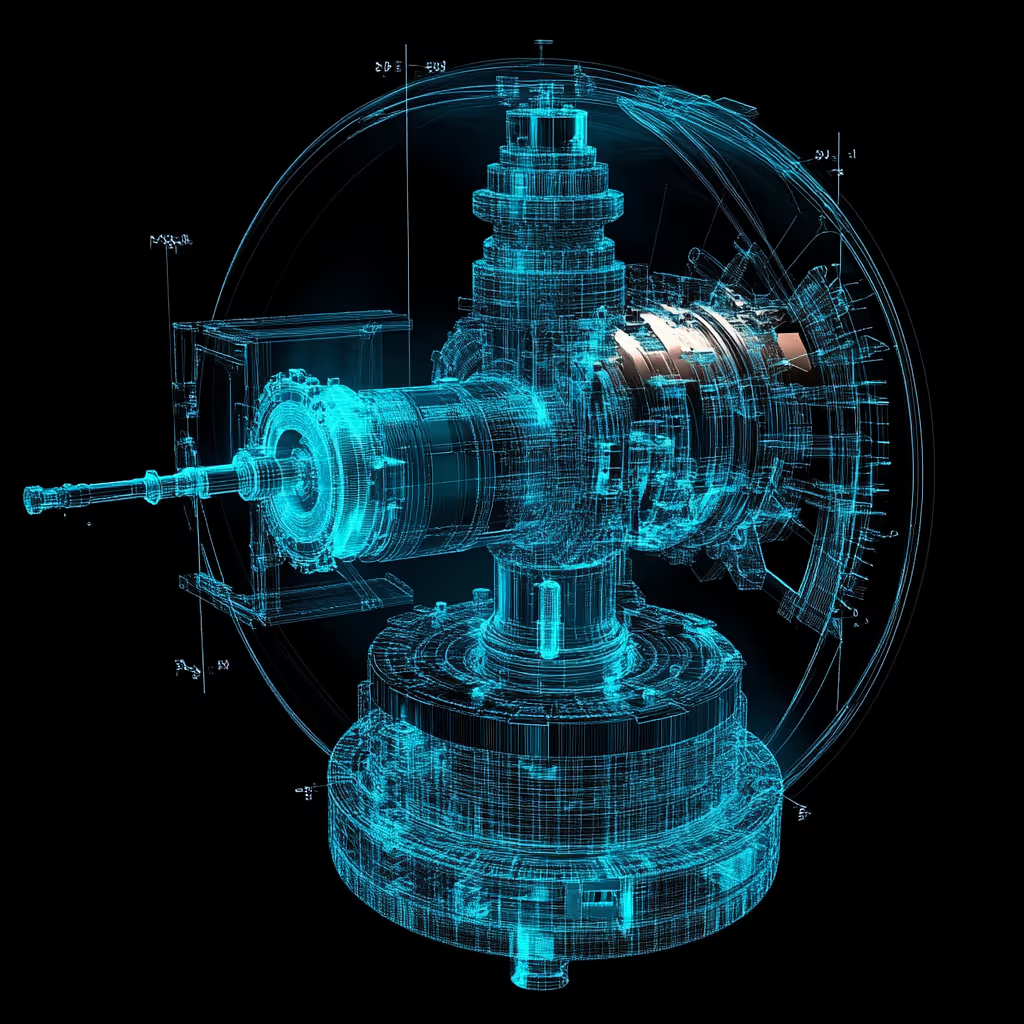Get Professional-Quality 3D Models

Are you struggling to update legacy designs? Need to transition from outdated 2D drawings to editable, simulation-ready 3D CAD models? Is your in-house engineering team too overloaded to handle the migration of old files into modern systems?
Whether you're running a high-output machine shop, managing complex assemblies at a large aerospace manufacturer, or leading a team of R&D engineers pushing the boundaries of innovation — we’re here to help with our CAD outsourcing services.

.png)






